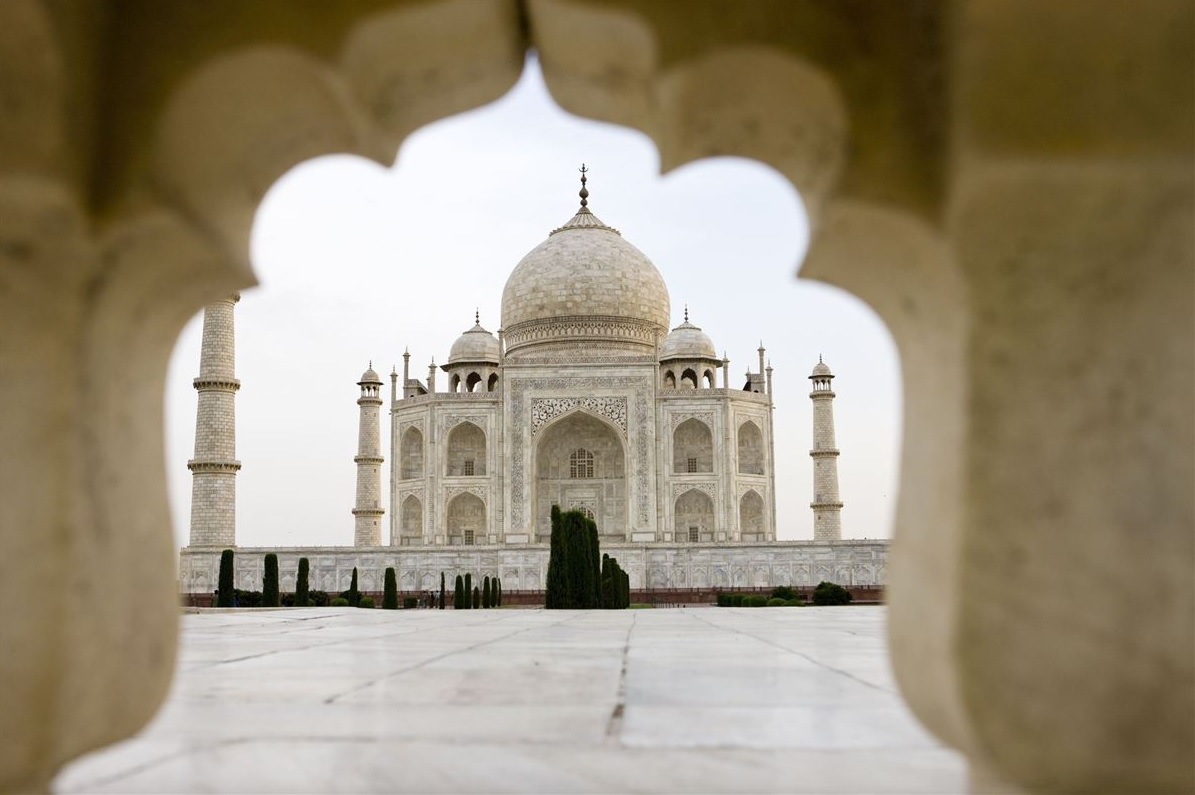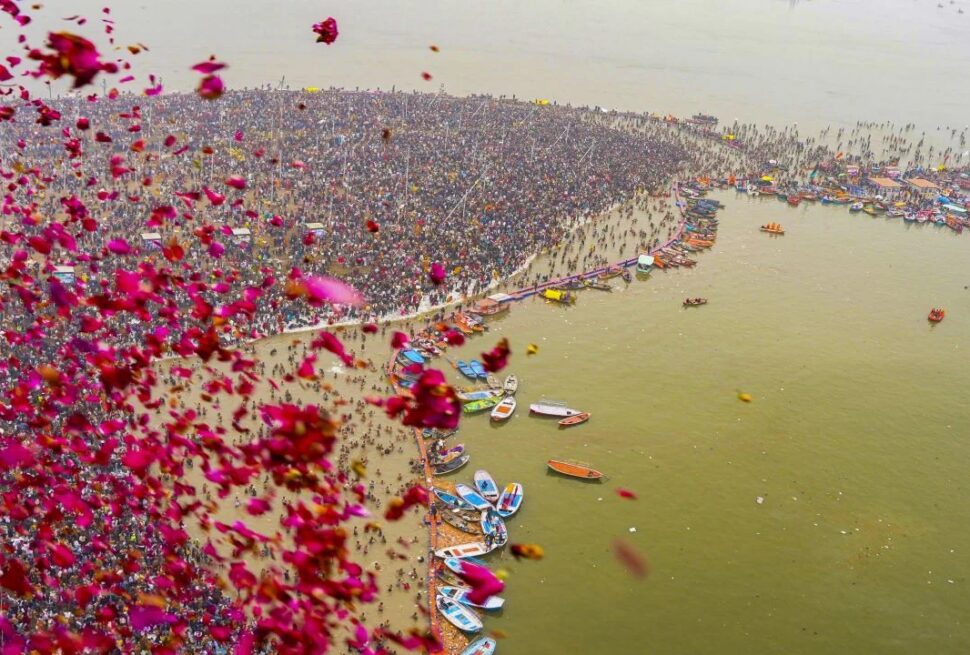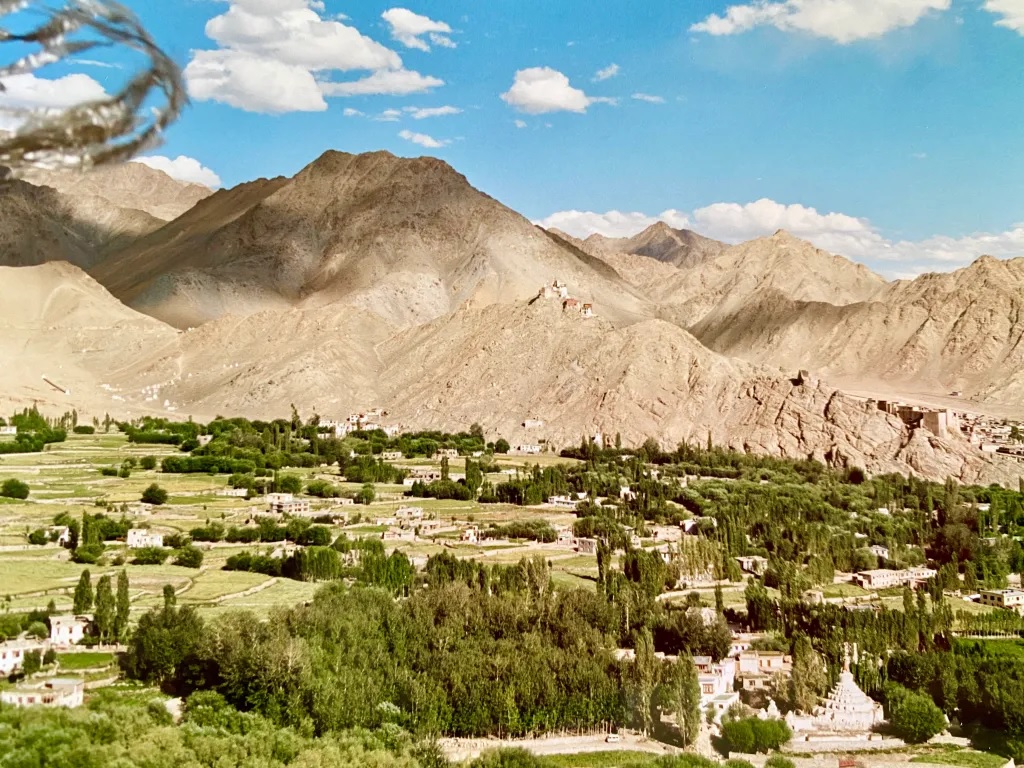No one described better than Mark Twain what the experience of visiting India means for a traveler, discovering its greatness but also facing poverty and incessant noise. In this guide you will find practical information on what to expect from a trip to Rajasthan, the Golden Triangle and the sacred city of Benares, the recommended itinerary, the best travel dates, the transport options to use, how and where to withdraw money in India, advice on accommodation and food, an indicative budget as well as a tour of the ten best experiences to have on a trip to Northern India.
What to expect from a trip to Northern India?
India is a country of vast dimensions. With its 3.2 million square kilometers, its area is more than six times that of Spain. On a trip to northern India you will encounter the past grandeur of the forts and havelis of the Silk Route, beautiful and richly decorated Hindu and Jain temples, cities steeped in tradition and illuminated by colorful saris, impressive tombs from the ancient Mughal empire, the endless staircases of the stepwells in an area where water was always scarce, the blue alleys that contributed to Steve McCurry’s fame and, of course, streets populated by the chaos caused by the seamless coexistence of animals, pedestrians, rickshaws, motorcycles, cars and bicycles.
Itinerary
- Day 1: Arrival in Delhi and drive to Mandawa. Visit Mandawa.
- Day 2: Drive Mandawa to Bikaner. Visit Bikaner and Rat Temple.
- Day 3: Drive Bikaner to Jaisalmer. Afternoon and walk in Jaisalmer.
- Day 4: Jaisalmer and Lodurva.
- Day 5: Drive Jaisalmer to Jodhpur. Afternoon and walk in Jodhpur.
- Day 6: Jodhpur.
- Day 7: Drive from Jodhpur to Udaipur with a stop in Ranakpur.
- Day 8: Udaipur.
- Day 9: Drive from Udaipur to Pushkar with a stop in Chittogargh.
- Day 10: Drive from Pushkar to Jaipur.
- Day 11: Jaipur
- Day 12: Drive from Jaipur to Agra with a stop at Chand Bori and Fathepur Sikri.
- Day 13: Agra
- Day 14: Drive from Agra to Gwalior. Visit of Gwalior.
- Day 15: Drive from Gwalior to Orchha. Visit of Orccha.
- Day 16: Drive from Orccha to Khajuraho. Night train to Varanasi.
- Day 17: Varanasi.
- Day 18: Varanasi.
- Day 19: Flight from Varanasi to Delhi.
- Day 20: Delhi
- Day 21: Flight Delhi to onward destination.
Advantages and disadvantages of choosing a route to do in August
August is considered low season for a trip to India, which means that, if we remove the Golden Triangle tour (New Delhi, Agra and Jaipur), we will have the peace of mind of traveling with more offers and at better prices. On my trip to India I found much more local tourism than foreign, which led me to nice encounters with Indian travelers, and apart from three or four couples that we were meeting, at no time did I feel overwhelmed by the excessive tourism found in other countries. On the other hand, as a commemoration of India’s Independence (August 15) the government allows free entry to multiple monuments (including the Taj Mahal) from August 13 to 15. Although this may seem like a plus for travelling at this time of year, in my case it wasn’t, and I would have preferred to pay than to experience first-hand what it means to be in such an extremely populated country. Indian overcrowding is a reality, and I don’t know if it’s too pleasant. In any case, the most negative aspect of doing this itinerary in August is, without a doubt, the fact that the Ganges is so swollen due to the monsoon that it’s difficult to see the cremations in Benares and walk along its famous ghats. It’s also true that you’ll be able to observe the force of the sacred river of the Hindu religion. Finally, another negative aspect of travelling at this time of year is the fact that several natural parks have restricted access, which makes it difficult to spot tigers. This is the case of Ranthambore National Park, located in the Golden Triangle.
Transport in India
There are several different ways to get around India. We travelled with a private car and driver for the first seventeen days. Later, due to the long distances we wanted to cover, we decided to take a train from the vicinity of Khajurahoo to Benares and from there, a few days later, an internal flight to New Delhi, where we would end our trip. Looking back, I consider that this way of organising the trip was a real success, as it gave us flexibility when adding destinations on the fly (such as Chittorgarh, which was not in our initial travel plan), as well as allowing us to visit many places without worrying about the timetables of the means of transport. Of course, the option of a private driver and vehicle is not the cheapest. Some considerations to take into account when choosing this option are: we hired our agency Delighted Journey from Finland and agreed to pay 50% upon arrival and pick-up at the airport in New Delhi and 50% at the end of the trip. Delighted Journey is a small company run by husband and wife, one of whom, Shankar, speaks perfect English. For our trip, they provide us a driver who was with us for the first fourteen days of the trip. Something to keep in mind is that our driver speak good English, and communication was excellent. That said, we were delighted with the service. One of the most positive aspects of hiring the agency is that buying train or plane tickets in India is not easy if you do not have a national credit card. Delighted Journey make our travel to smooth and perfect thye arrange train & flight tickets, hotel & local city guide etc.




